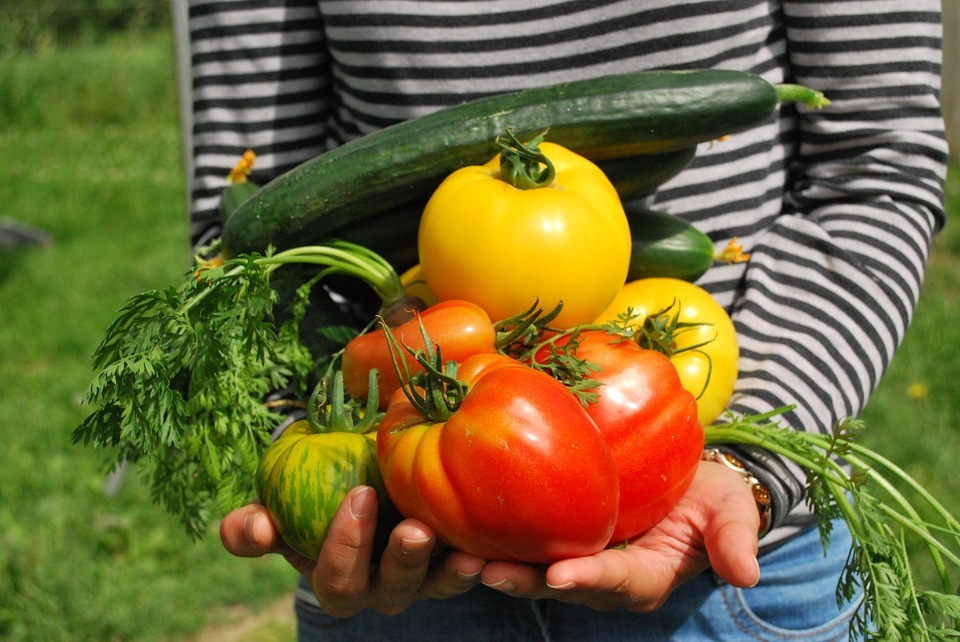Whether you are growing ornamental plants, herbs, fruit trees, or vegetables, you need essential things before you can start gardening.
Homegrown produce appeals not only to farmers, but to everyone who is health-conscious because primarily of the guilt-free benefit it gives, the therapeutic effect of gardening, and the economic value it has. On top of all these, it’s always a nice thing to enjoy your own grown veggies and fruits when you can simply pick them whenever they’re needed and indulge with them during harvest time.
It may be too beautiful to think of, but creating and maintaining your own garden entails time, resources, and passion. Growing plants are not as always as easy as you can think. You may encounter problems along the way, like pests, free-range animals, change in climate, lack of time, etc.
Planning to grow vegetables? Before you start, make sure that you are ready to have one. If you want a vegetable garden, prepare all the essential tools and things needed.
VEGETABLE GARDENING ESSENTIALS
PICK THE RIGHT LOCATION
Location in gardening greatly matters, especially when you grow plants directly on the ground and not in movable and transferable containers or pots. Having a right and perfect location is the key to having healthy vegetables and bountiful quality harvest. Here are a few tips for choosing a good site:
Again, and again, noting beats a perfectly hit by the sun location. Although there are a few veggies (mostly the leafy ones) that tolerate some shade, most vegetables require at least 6 hours of direct sunlight every day.
Plant in moist, and well-drained soil not on rocky nor wet soil. When your planting area has poorly drained soil where water pools, build a raised bed or raised row for your vegetables to have improved drainage, the wet type of soil will eventually rot the roots of your plants. Meanwhile, when you plant on rocky ground, till and remove the rocks because they will interfere with root growth and make your plants weaker. Another best option is to just grow your vegetables in containers or pots and use a quality potting soil.
Plant in a stable environment. Stable environment means no strong winds, away from pests and other physical factors that may hinder pollination or growth.
ENSURE YOUR BASIC GARDENING TOOLS
1. Hand Trowel
Whether breaking clumps of soil, digging small holes, digging up weeds or transplanting seedlings, and a hand-held trowel must be present among your gardening tools. Gardeners use it regularly. Choose a trowel with a sturdy but comfortable handle and a solid metal blade.
2. Hoe
A hoe is usually used for lawn edging, soil cultivation, and preparing beds for planting and weeding. Hoe comes in several types, but a regular Dutch or Draw hoe will meet most gardeners’ needs.
3. Garden Rake
Garden rake’s metal lines are uniform and sturdier than leaf rakes, and they typically have a long handle made of wood. They allow you to create smooth, level soil while removing unwanted weeds easily.
4. Spade
A spade with its long handle and a long, narrow, flat head is used for digging tasks, edging beds and lawns, transplanting, dividing shrubs, trenching, and many more.
5. Shovel
A shovel like a spade is also needed for most jobs around the garden, specifically in digging and removing or adding loose gardening materials like soil, fertilizer, compost, mulch, etc. Whether you’re scooping away weeds or you’re spreading on mulch, digging a deep hole or filling a bed with compost, you will need a shovel’s help.
6. Pruning Shears
Shears is also one of the most used gardening tools when pruning, cutting, shaping or harvesting vegetables. It is also called clippers, or secateurs. Purchase a good quality pruning shear so it will last longer and can serve you for a longer time as well.
7. Hand gloves
Hand gloves can be used for hand protection from blisters or scratches from thorny plants, and even keeping your hands away from dirt. For added protection, use gloves with reinforced fingertips and padding and cinchable wrist straps to keep soil from getting inside.
CHOOSE THE SEEDS/SEEDLINGS
You have the freedom in choosing what to plant but to not be overwhelmed. Here are important tips when deciding what vegetables to plant.
Choose what vegetables are mostly eaten (favorite). If you love greens, then start growing some spinach, broccoli, lettuce, and green beans.
Know your purpose in gardening and growing vegetables. Plant according to your needs and not overplant when nobody will help you harvest and consume them, or you don’t have plans to sell or give some to your neighbors.
Planting also consumes your time and energy so make sure they won’t be put into waste.
When using seeds to grow vegetables, you can buy some seed packets or seeds from the veggies you bought from the grocery stores. Ensure that the seeds you purchased will germinate, or else your money and time will be wasted.

